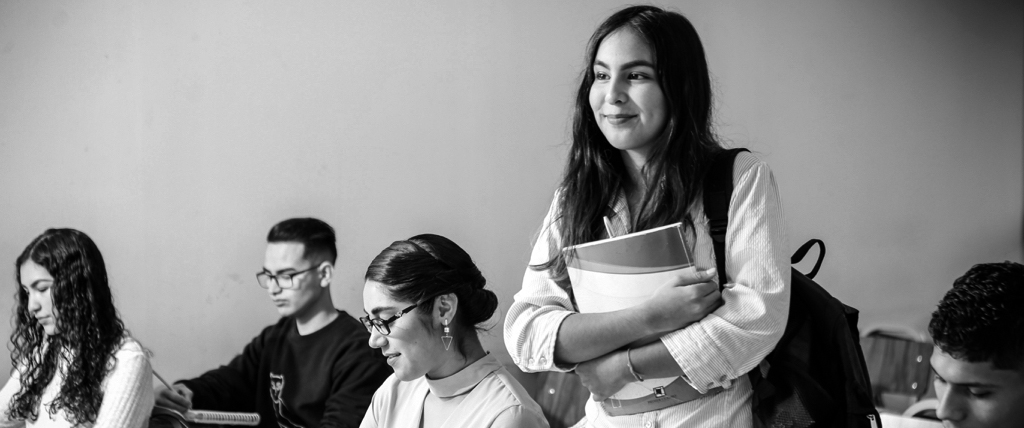
For many teachers in EFL contexts such as Japan, one of the biggest challenges in the classroom is to motivate students to do more than the bare minimum needed to ‘pass the class’. An important element of this is how to get students engaged with classroom language learning materials. Increasingly, many teachers are finding that TBLT can help with a lack of motivation and engagement. We did, and that’s what led us to write the On Task series of textbooks. The reason may lie in the connection between TBLT and an increasingly well-known and robust theory of motivation, Self-Determination theory (SDT) which was developed by Edward L. Deci and Richard Ryan.
Motivation is widely acknowledged to be one of the most important variables that differentiates successful language learners from their less successful peers. The vast number of books and theories on motivation can sometimes seem overwhelming for a busy teacher, but (SDT) is a motivational theory that is increasingly used to understand motivation in spheres as diverse as business, sports, and education, and it can also help us to understand why TBLT is motivating for students.
SDT argues that there are three basic needs that humans have, and fulfillment of these needs leads to a general sense of wellbeing. In satisfying these needs, we naturally develop a motivation to want to engage in activities more. We will briefly introduce each one, and show how TBLT helps to meet those needs.
Competence
Competence is the feeling that we are capable and good at what we do. In more traditional teaching approaches such as Present Practice Produce (PPP), teachers introduce a grammar point, drill it, and then correct students when they (naturally) make mistakes using it during the production stage. This approach emphasizes failure, and is unlikely to build feelings of competence. TBLT on the other hand, introduces a task, and lets students attempt to complete the task using any linguistic or non-linguistic resources that are available to them. Success is judged by ability to achieve the communicative goal of the task, not the unrealistic goal of native-speaker mastery of grammar or vocabulary. This means that students have a real chance of success, and of experiencing feelings of competence with their language study.
Autonomy
Autonomy is the belief that we are in control over our own actions. Again, in traditional approaches, pre-determined language is decided by the teacher, and the students’ role is simply to use the language as directed. In a TBLT approach, the teacher does not stipulate the language to be used, or even how students should approach the task, which allows students a certain freedom and control over the task itself. This means that through a TBLT approach, students are far more likely to experience feelings of autonomy.
Relatedness
The final basic need described by SDT is relatedness, which is the feeling of being valued by others. In the classroom setting, this means relating to the teacher and other classmates at a personal level. Many traditional classrooms lack an emphasis on interaction, which often results in students having little chance to establish relationships with their peers and the teacher. Although some tasks may require students to work alone, TBLT is generally centered on interactions with peers to complete tasks, and many tasks require students to share personal information or opinions, facilitating the development of friendships in the classroom. Modeling of tasks by teachers also provides the opportunity for students to get to know their teacher.
Although motivating students will always be a challenge, SDT shows us how TBLT can be used to satisfy the three basic motivational needs of our students, competence, autonomy, and relatedness. By following a TBLT approach, teachers can ensure that learners are engaged in the classroom, motivated to study, and therefore primed to learn.
Comments(0)
Leave a message here